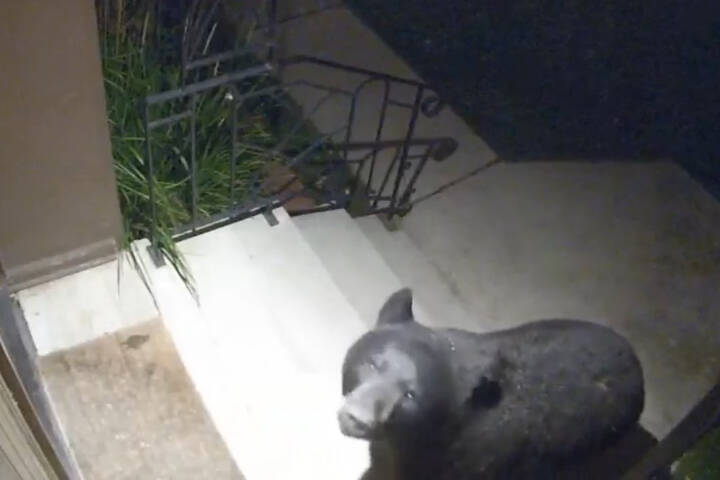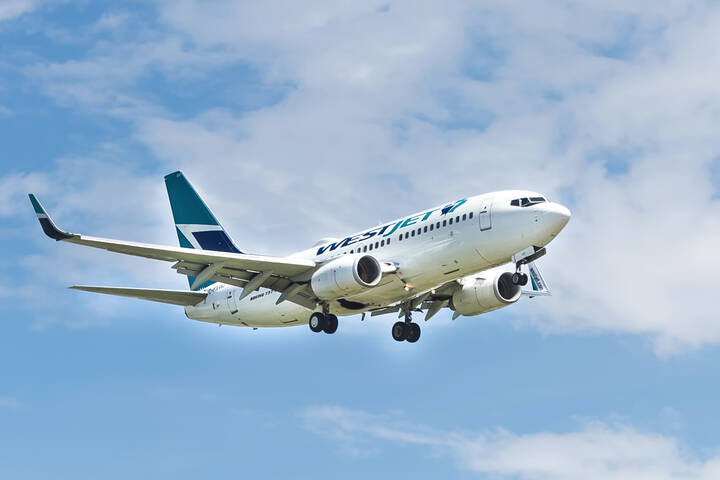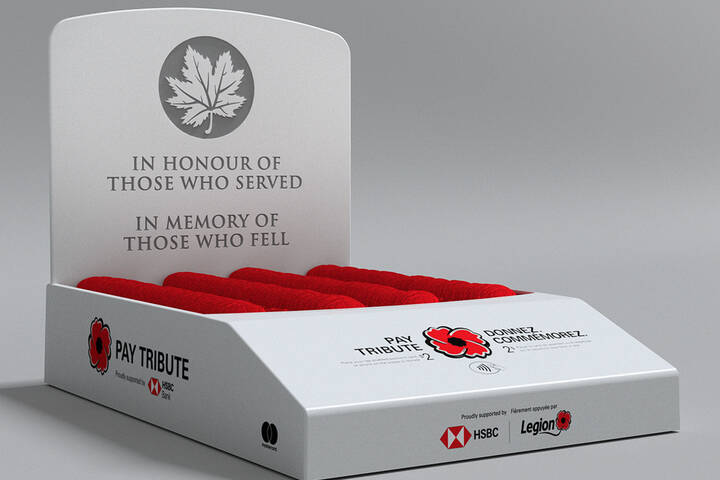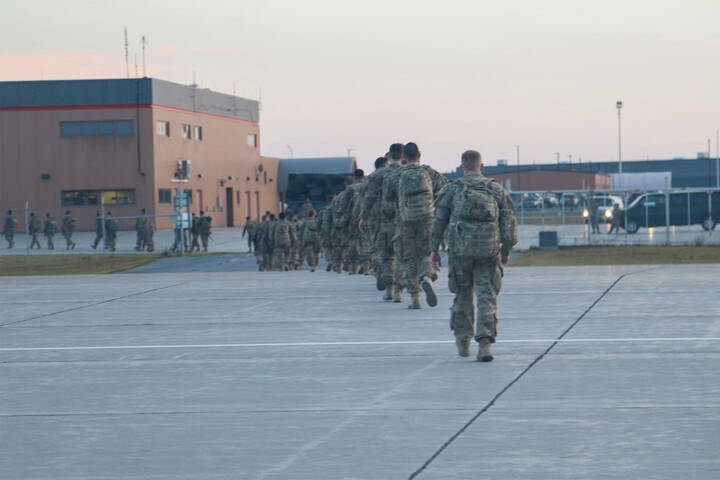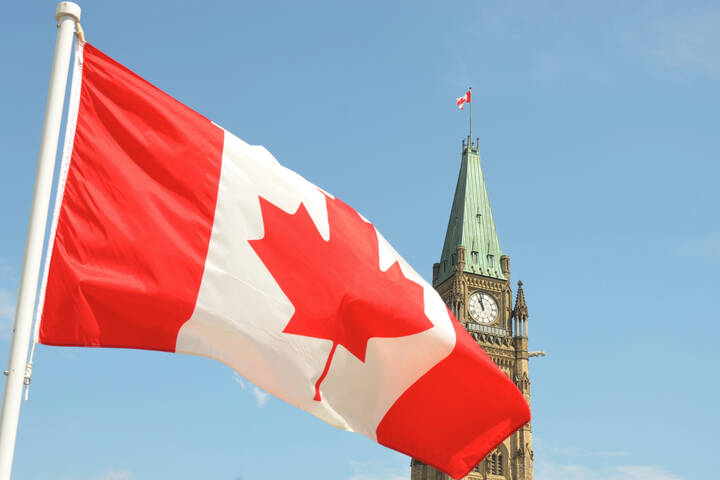
These are the COVID-19 travel restrictions in each province across Canada right now
Interprovincial travel restrictions across Canada are changing more recently as some parts of the country have been seeing a steady drop in COVID-19 cases over the past couple weeks.
Some are forming travel bubbles with other low-risk neighbour provinces, while others loosen self-isolation requirements to Canadian travellers.
Just remember if you plan on visiting another province or territory within Canada over the coming weeks to follow the same travel guidelines as everyone else in the province and travel respectfully.
These are the new travel restrictions in each province and territory across Canada right now.
Ontario and British Columbia
There's currently no travel ban on out-of-province travellers in both Ontario and British Columbia and visitors from other parts of Canada aren't required to self-isolate when visiting. However, both provinces continue to discourage non-essential travel.
Quebec
Similarly, there are no border closures or self-isolation requirements for out-of-province travellers in Quebec. Travel has reopened throughout most of the province, though officials encourage residents to limit trips between regions.
Additionally, police checkpoints remain in the remote regions of Nunavik and the Cree Territory of James Bay to limit non-essential travel into the territories.
Saskatchewan
There aren't self-isolation requirements for travellers entering Saskatchewan, but returning residents and visitors are recommended to monitor for COVID-19 symptoms for two weeks and abide by public health measures in the province.
Public health officials are cautioning against non-essential travel to northwest Saskatchewan and between northwest Saskatchewan and northern Alberta until further notice. Northern Saskatchewan residents who cross the border are urged to self-isolate for 14 days upon return.
Alberta
Though non-essential travel will be discouraged until stage three of Alberta's economic relaunch strategy, there's currently no border closures, police checkpoints or mandatory self-isolation requirement in place for those travelling from another region in Canada.
Manitoba
Residents from the provinces of Quebec, most of Ontario, and the four Atlantic Canada provinces (Nova Scotia, New Brunswick, PEI, and Newfoundland and Labrador) will have to self-isolate for 14 days upon arriving in Manitoba.
However, travellers from western Canada (British Columbia, Alberta, Saskatchewan, Yukon, Northwest Territories, and Nunavut) or northwestern Ontario (the region of Ontario west of Terrace Bay) won't be required to self-isolate as long as they haven't travelled outside of these regions in the past two weeks.
Restrictions prohibiting travel north of the 53rd parallel has also eased and residents of western Canada and northwestern Ontario are now allowed to visit campgrounds, cottages or parks in this area. They're asked to travel directly to their destination, and avoid going into remote or First Nations communities.
Atlantic Travel Bubble
Newfoundland and Labrador, Nova Scotia, New Brunswick and PEI eased interprovincial travel restrictions within the region, creating an Atlantic travel bubble on July 3. Atlantic Canadians can now travel throughout these four provinces without self-isolating, provided they haven't travelled outside this region in the past two weeks.
Each of these provinces will still require visitors from provinces and territories outside of the Atlantic Canada region to self-isolate for 14 days one-time when first arriving in Atlantic Canada.
Newfoundland and Labrador
The province of Newfoundland and Labrador will require two pieces of identification to verify that a traveller is a resident in the Atlantic bubble and at least one piece of identification must include an address.
Besides the Atlantic bubble, the province is still not accepting many other visitors since it implemented a travel ban in May. Residents of the province, workers who are subject to the self-isolation exemption order and those who have been permitted entry due to extenuating circumstances are the only travellers who'll be allowed in right now.
Nova Scotia
Every Atlantic Canadian resident attempting to enter Nova Scotia will need to show proof of residency when they arrive in the province in order to not self-isolate.
Travellers from outside of Atlantic Canada are welcome to visit Nova Scotia, but they must self-isolate when they arrive and they'll be required to fill out a form and present it at the border, providing the address where they'll be self-isolating and contact information.
New Brunswick
All travellers, including those entering from the other Atlantic provinces, will continue to be screened at interprovincial points of entry into New Brunswick and will be asked for proof of province of residence. All visitors also must answer health screening questions at the border before being admitted to the province.
Canadian residents who own property in New Brunswick or who have immediate family members in the province may also visit as long as they adhere to a 14-day self-isolation.
Prince Edward Island
Residents in the three other Atlantic provinces will still need to present a completed self-declaration travel form before being permitted to enter PEI without self-isolating for 14 days.
All other out-of-province travel is limited to seasonal residents and immediate family members. These travellers will either need to provide documentation to prove that they've physically been in Atlantic Canada for the last two weeks or acquire a pre-travel approval letter from the provincial government.
Northwest Territories and Nunavut
Nunavut and the Northwest Territories have formed a travel bubble of their own. Residents from the NWT are not required to self-isolate for 14 days when arriving in Nunavut as long as they haven’t travelled outside of the NWT in the past two weeks.
In Nunavut, travel from the rest of Canada is still banned. Even residents who want to fly back to Nunavut must first spend two weeks isolation in either Ottawa, Winnipeg, Edmonton or Yellowknife. After that, residents have to be cleared and get an official signed letter to return home.
Non-residents arriving in the NWT are required to have an exemption (for work purposes, etc.) and they must cover the cost of a mandatory two-week self-isolation in one of the territory’s four isolation centres (Yellowknife, Inuvik, Hay River or Fort Smith). Residents returning to the NWT from anywhere besides Nunavut are also required to self-isolate.
Yukon
Residents of Northwest Territories, Nunavut and British Columbia who have not travelled outside of these provinces and territories in the past two weeks can travel to Yukon without self-isolating. All other residents of Canada can travel to this territory as of July 1 as long as they self-isolate for 14 days in Whitehorse when they arrive.
Yukon isn't included in the NWT and Nunavut travel bubble. Residents from this region cannot travel to Nunavut or the NWT unless they have immediate family members in the province and will have to self-isolate for 14 days when visiting.
worldof.photographs at Prince Edward Island
Latest Videos
Join the conversation Load comments

